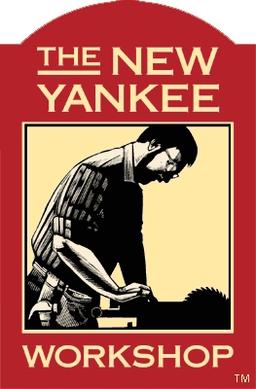Tuning pegs for musical instruments are commonly made from ebony or boxwood, but in medieval times and renaissance they would also be made from roasted maple. Maple is a relatively soft wood, so the trick is to roast it, which makes it very light and porous, and then let it soak in a mixture of linseed oil and turpentine overnight. It soaks the oil in like a sponge, going from swimming on the surface to sinking to the ground when it’s saturated. The oil hardens and reinforces the wood, kind of like epoxy stabilised wood.


Yup, they’re just lightly pressed into a tapered hole. You just have to turn them with a greater force than the string exerts on them, and ideally they stay put after you let go of them. Works well for gut/synthetic strings, less so for steel strings because those lengthen very little so friction tuners would be too imprecise.